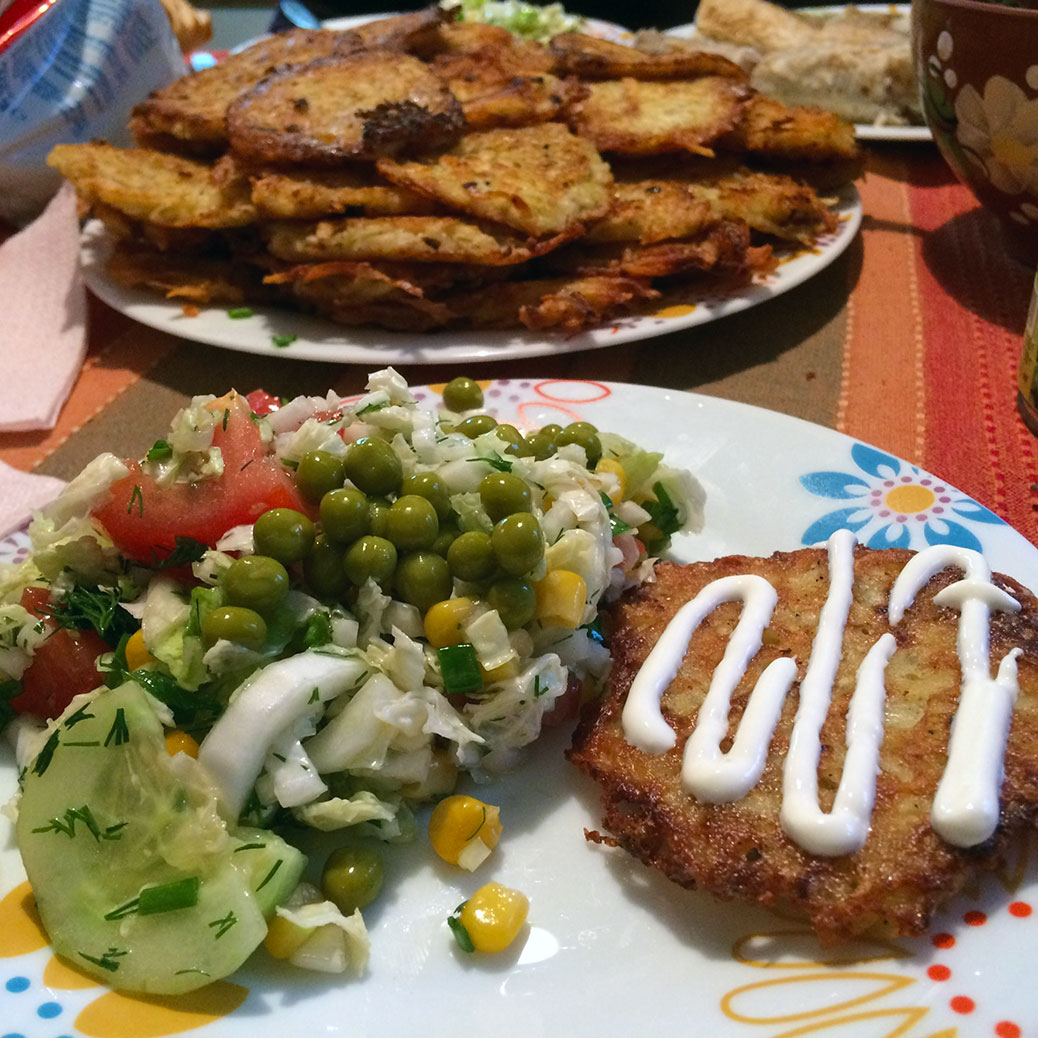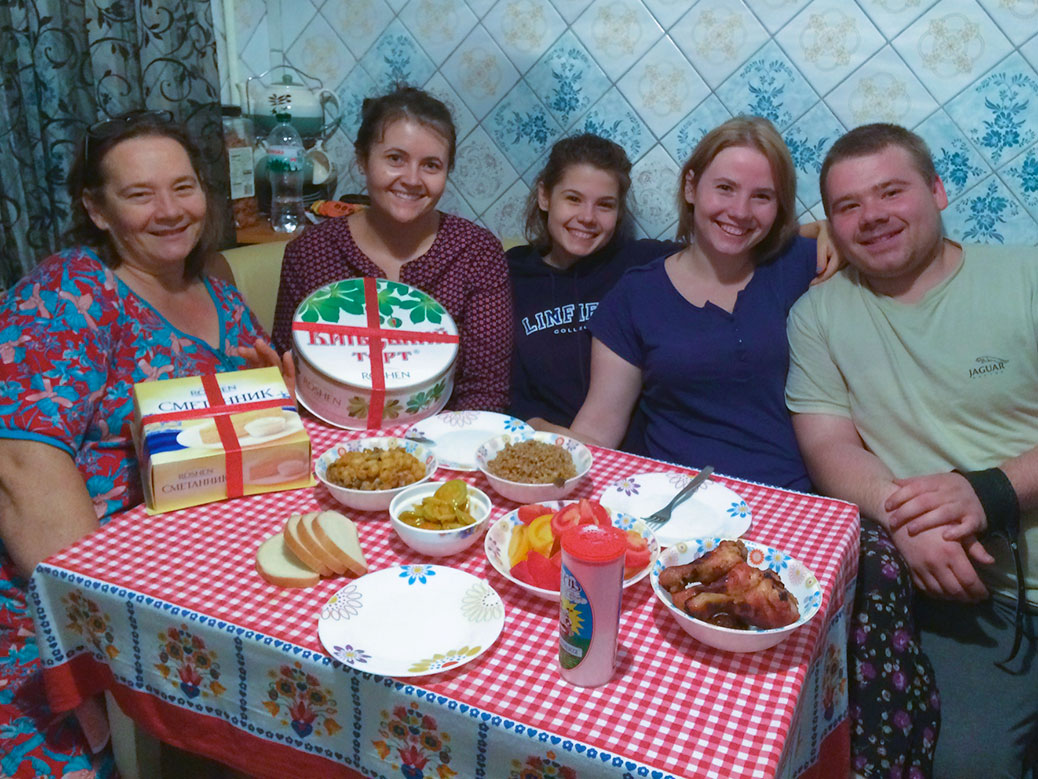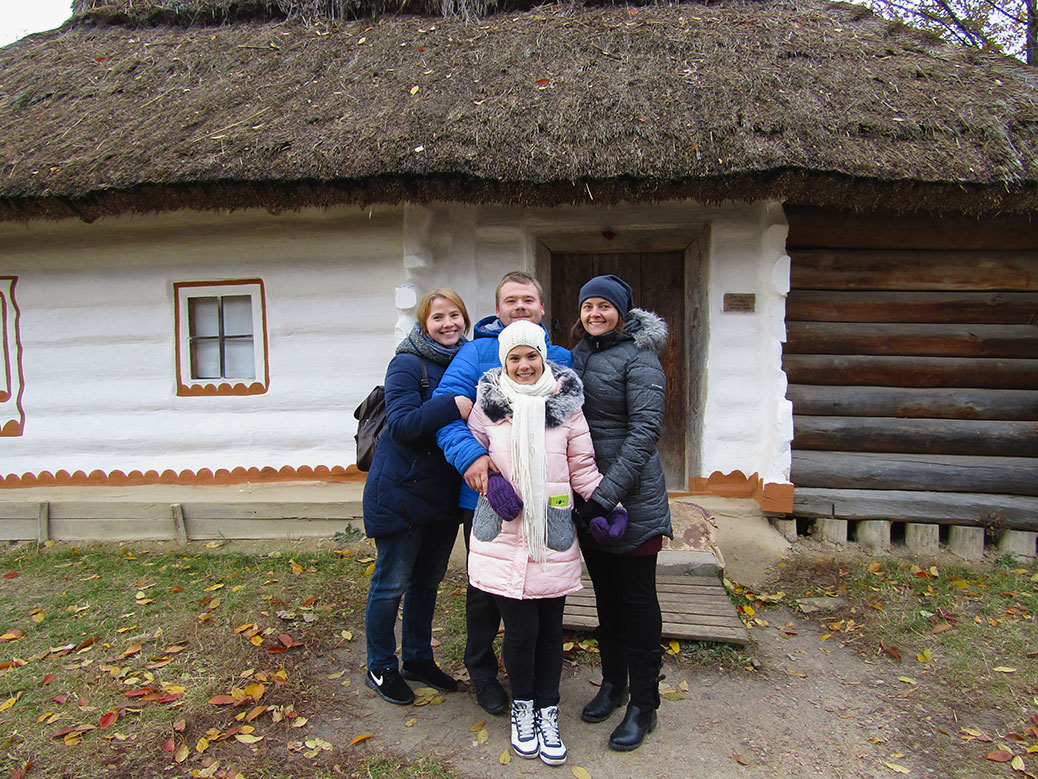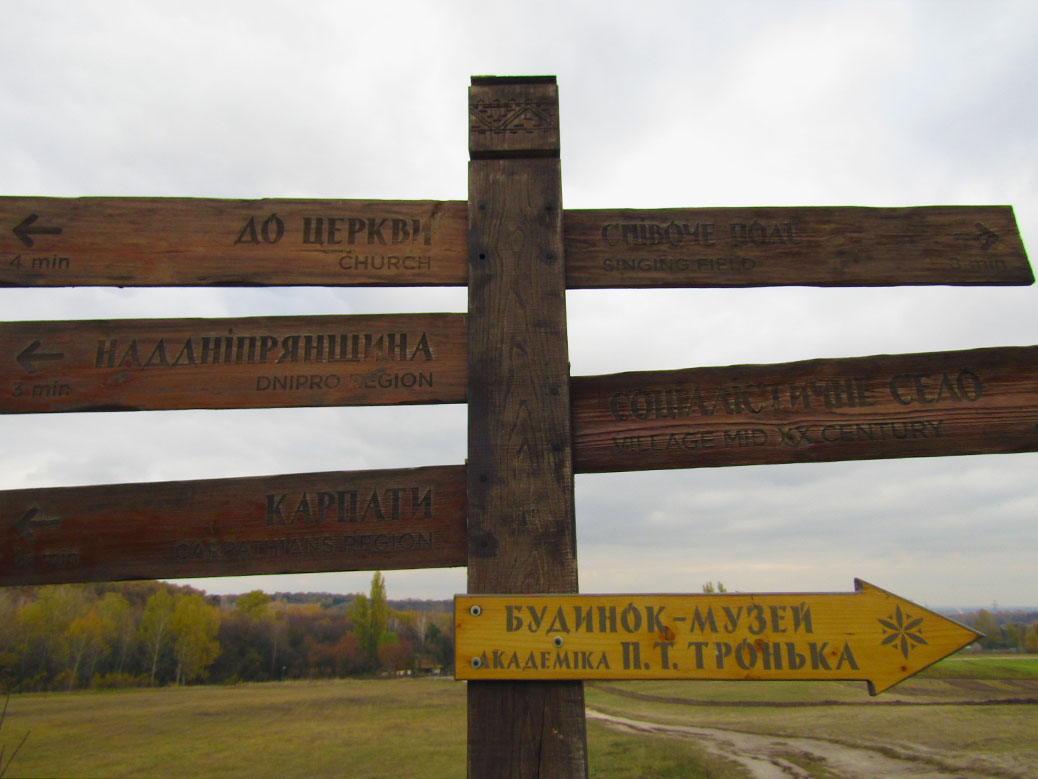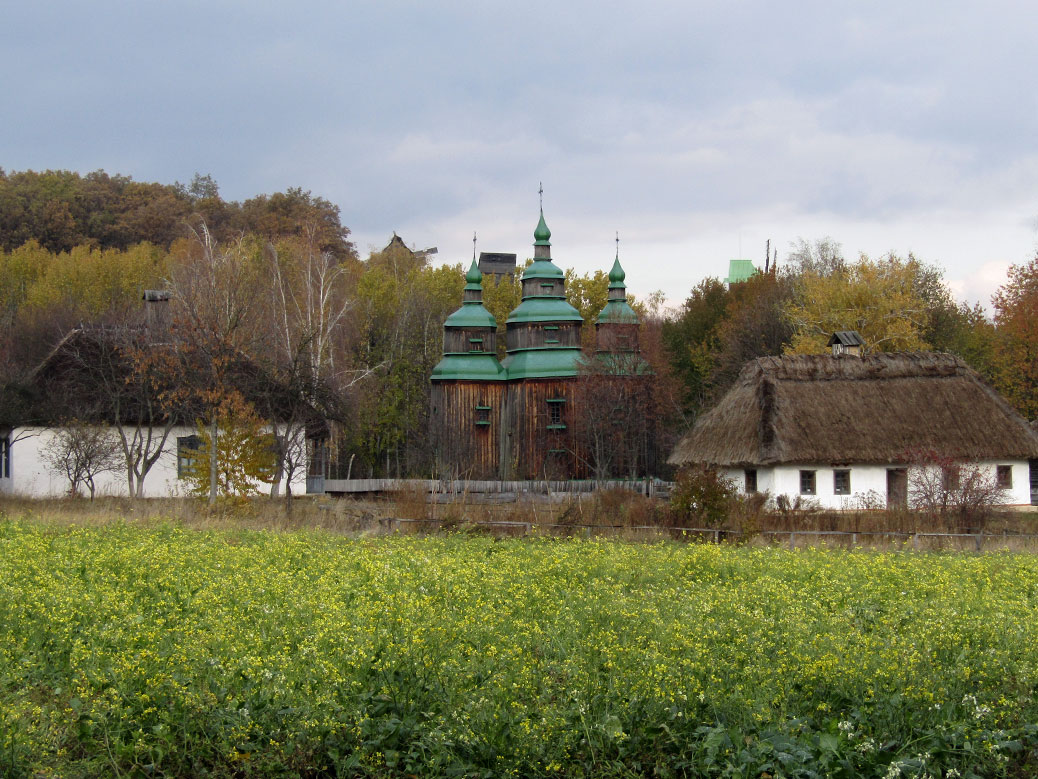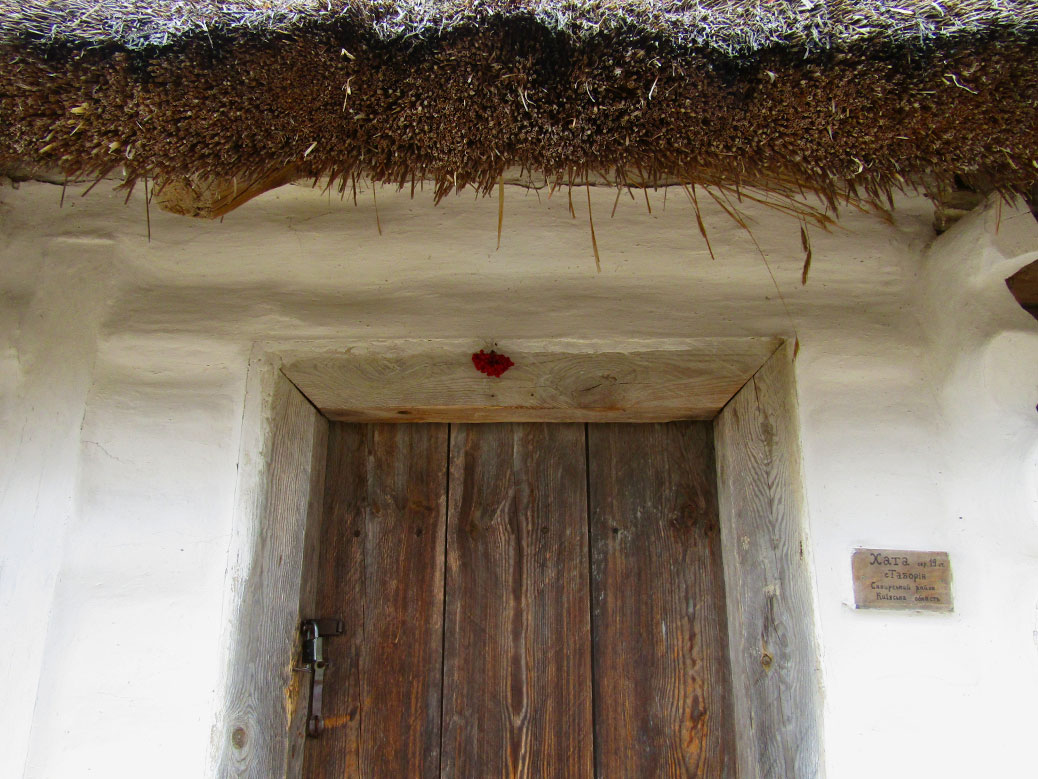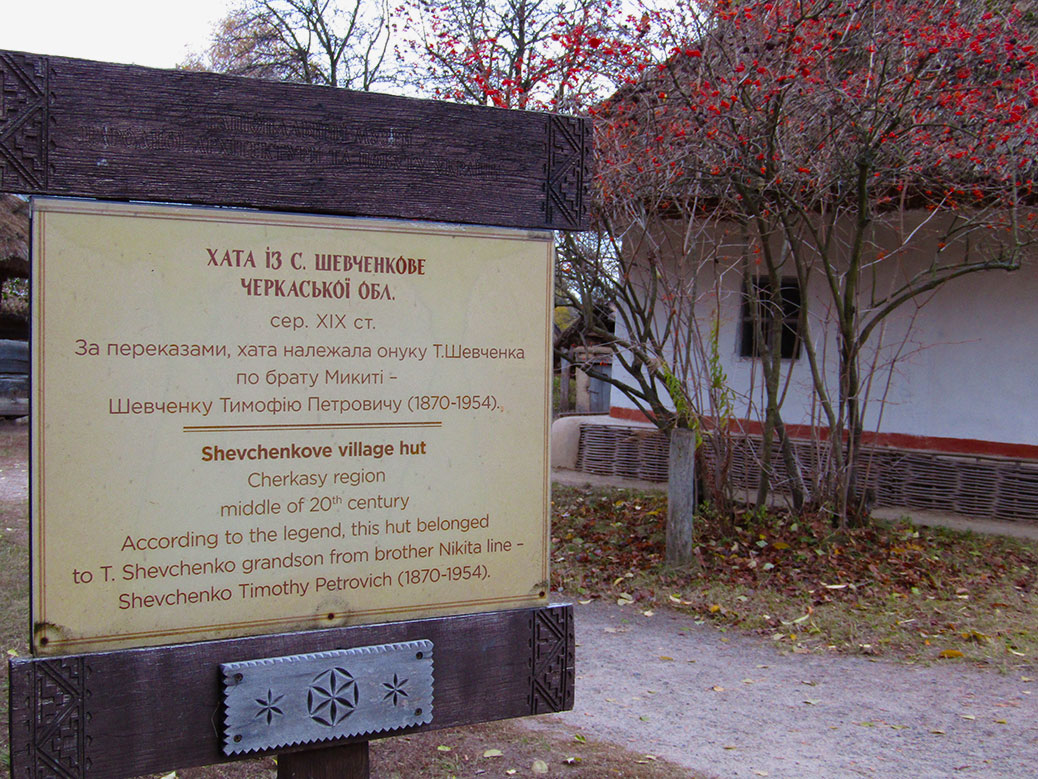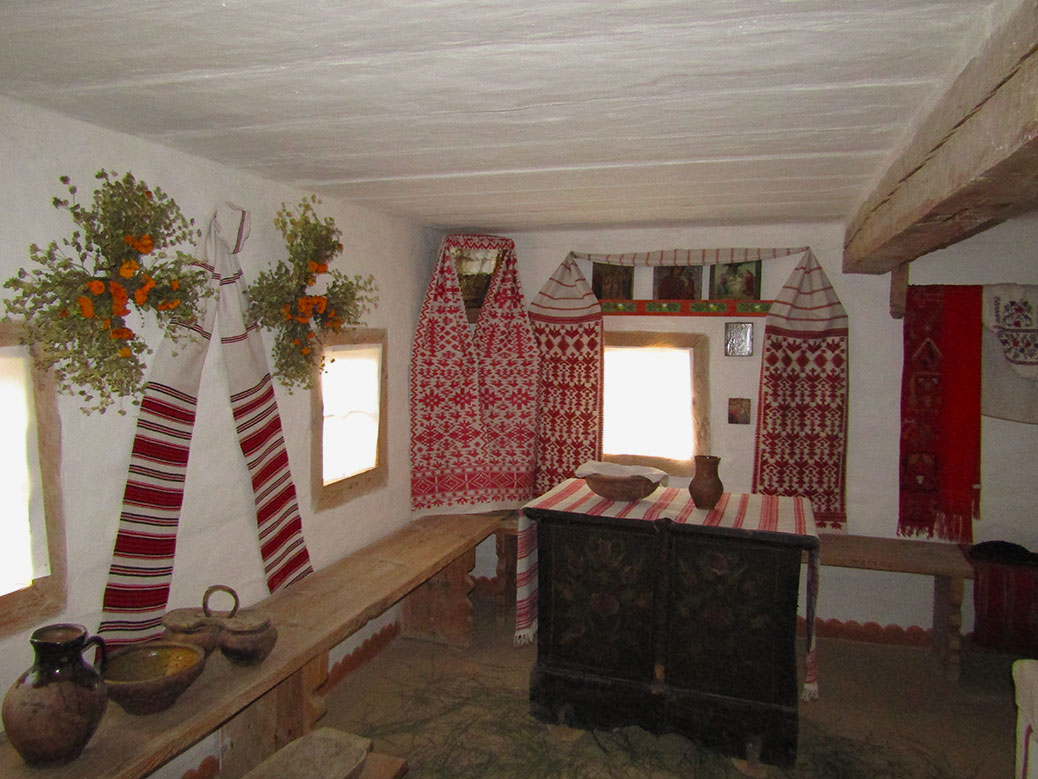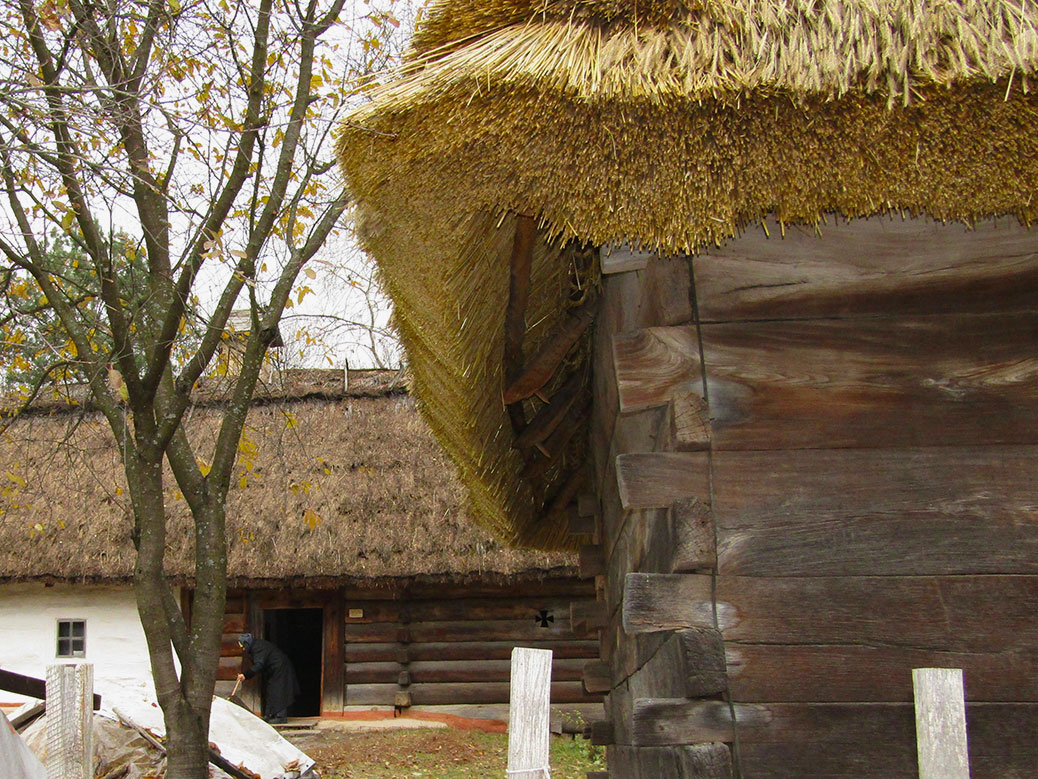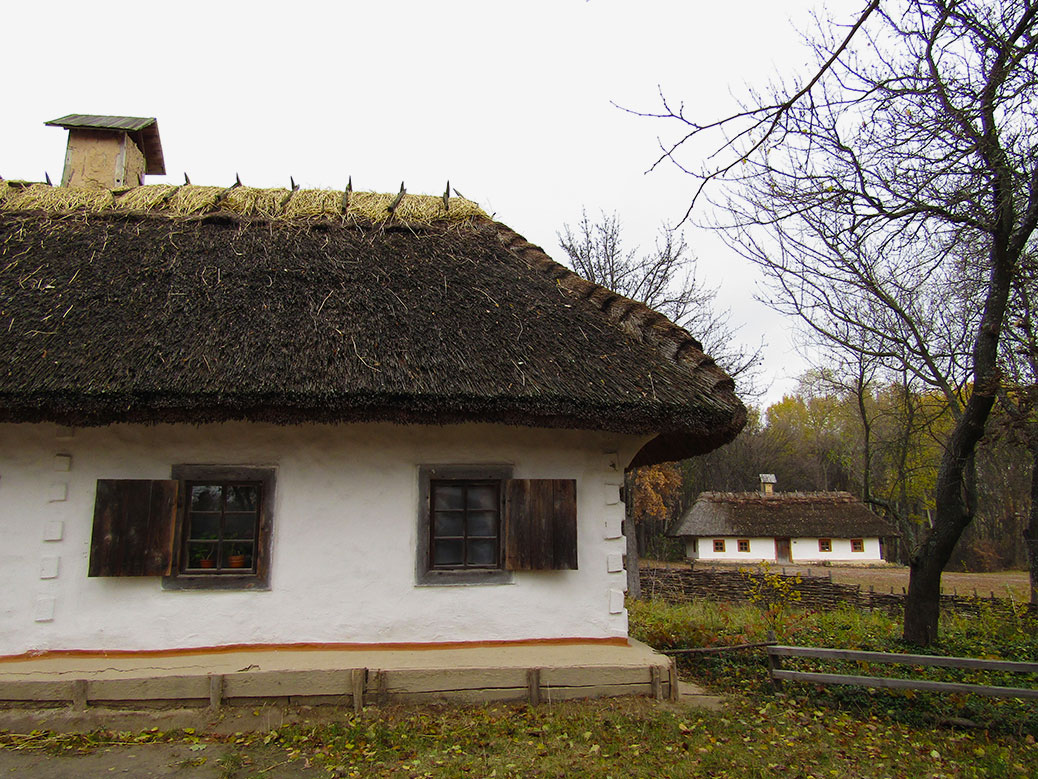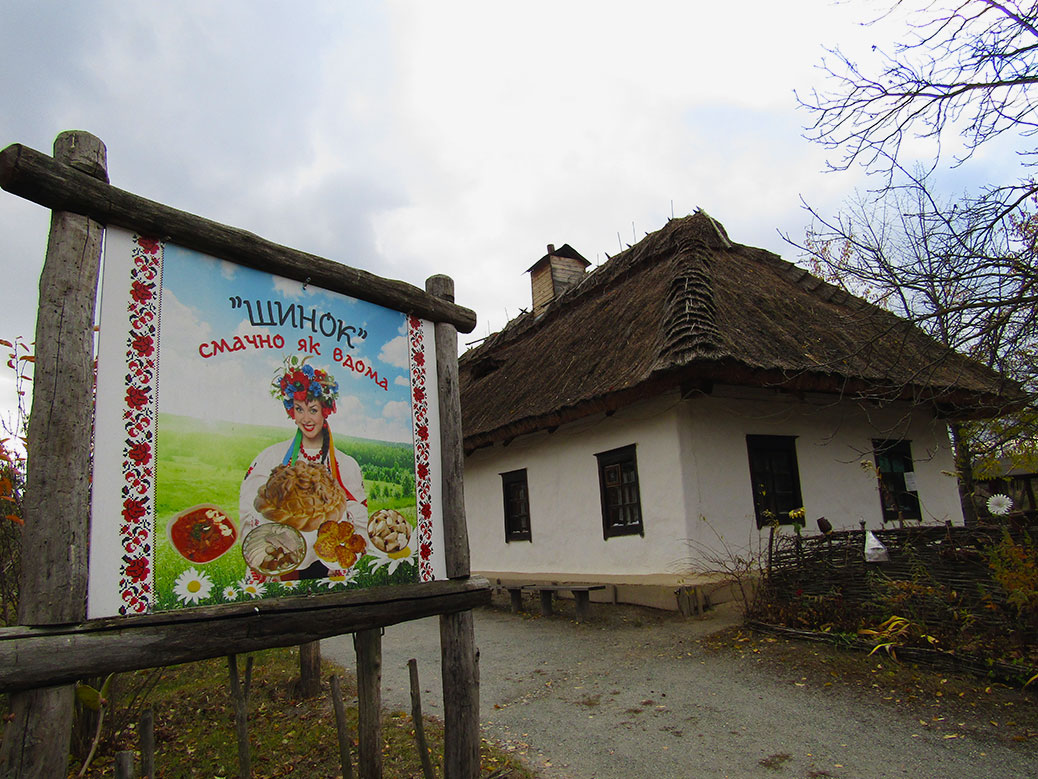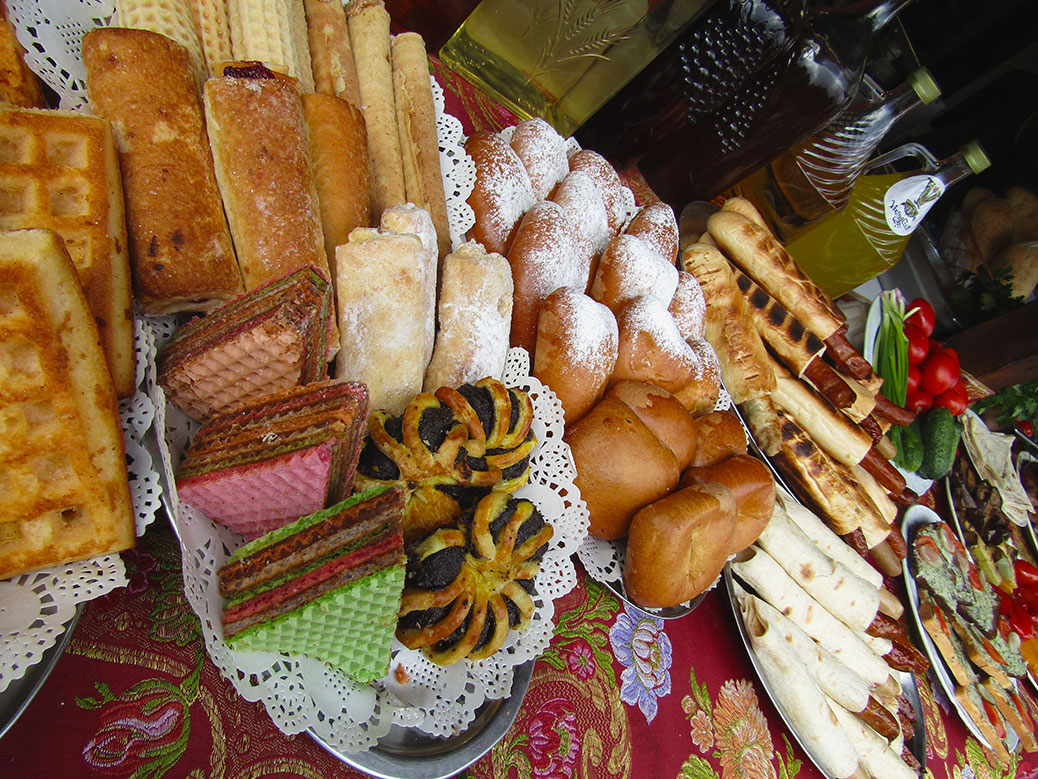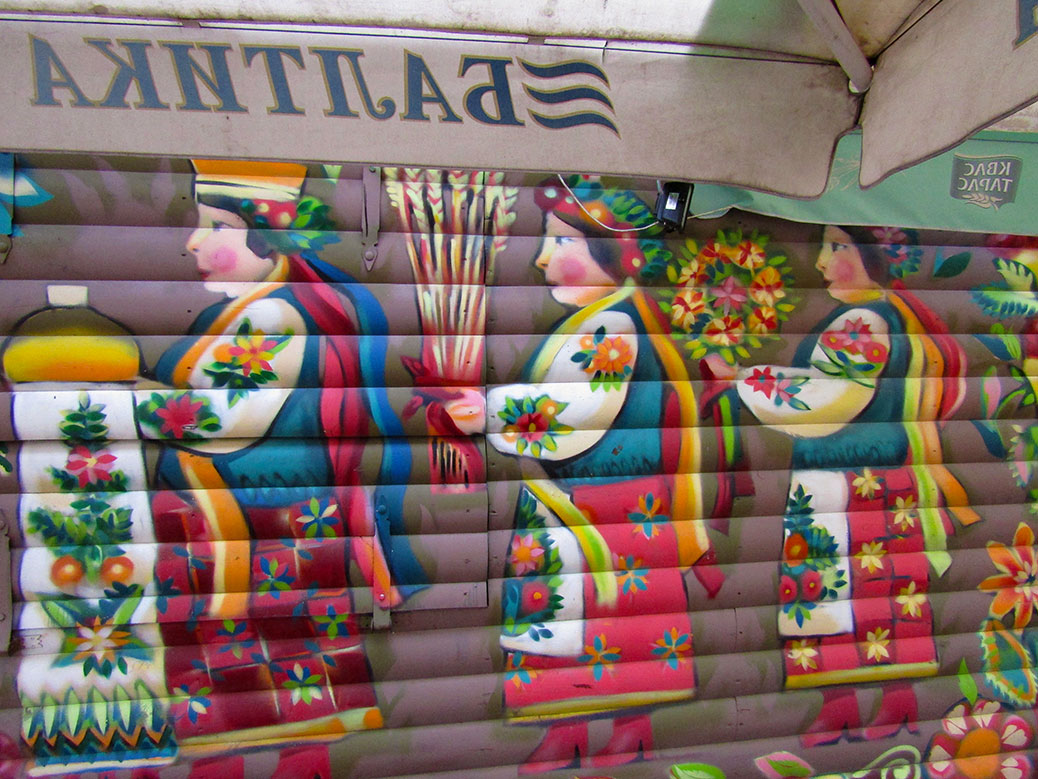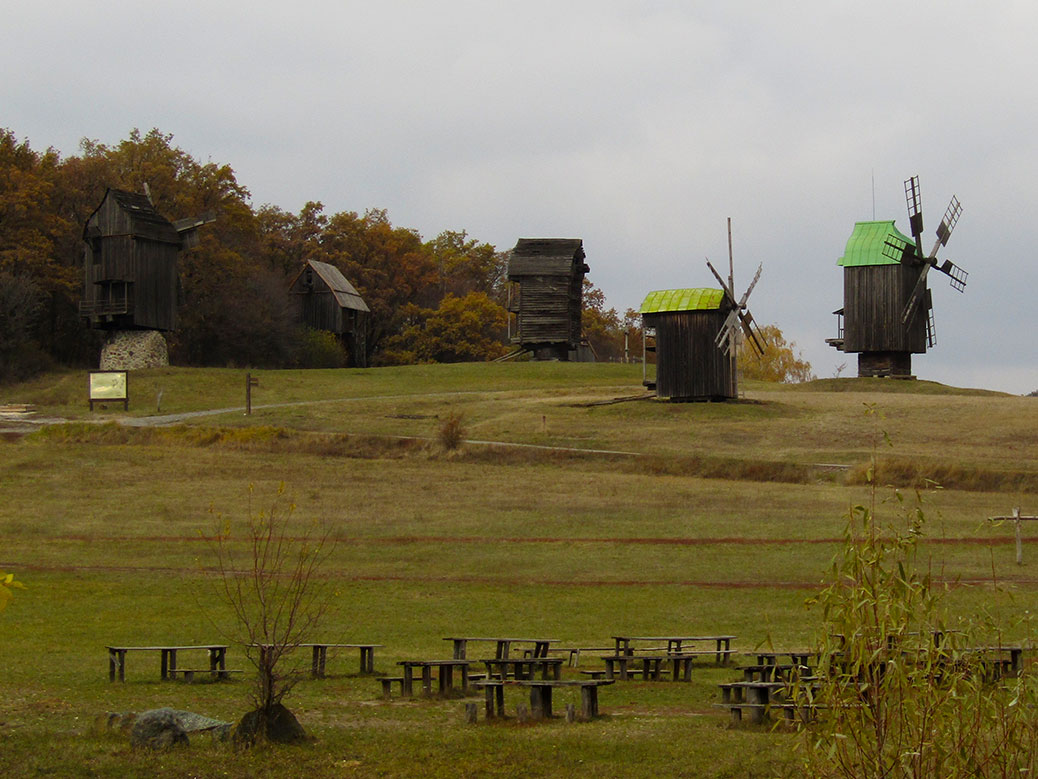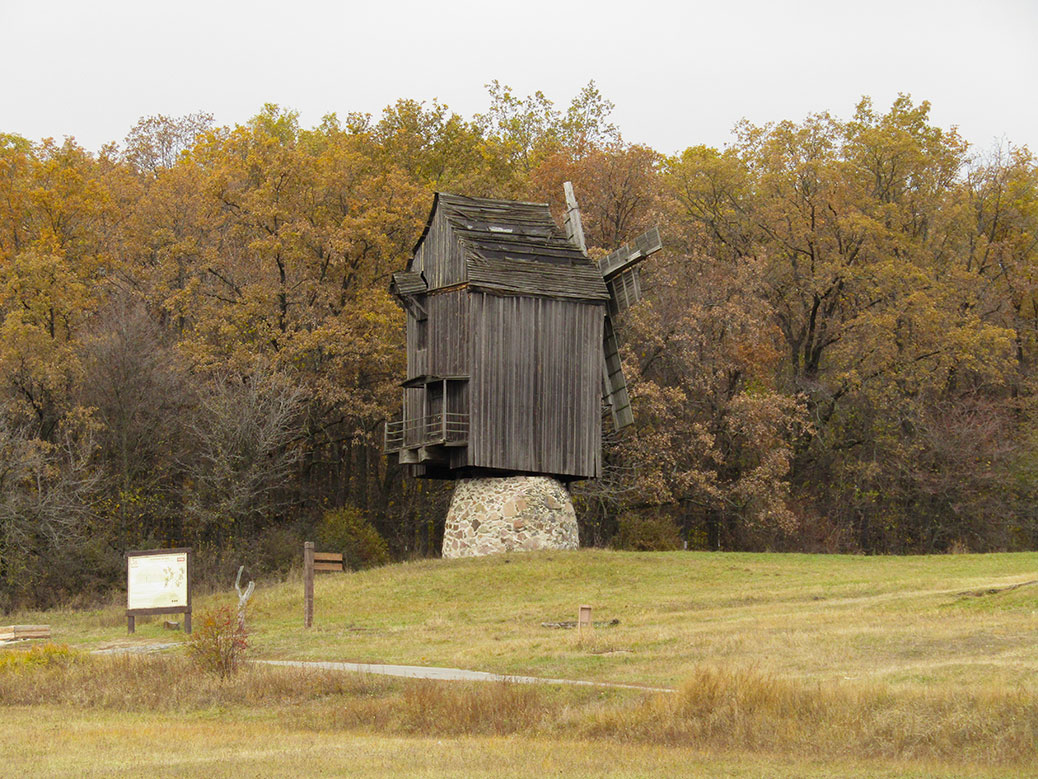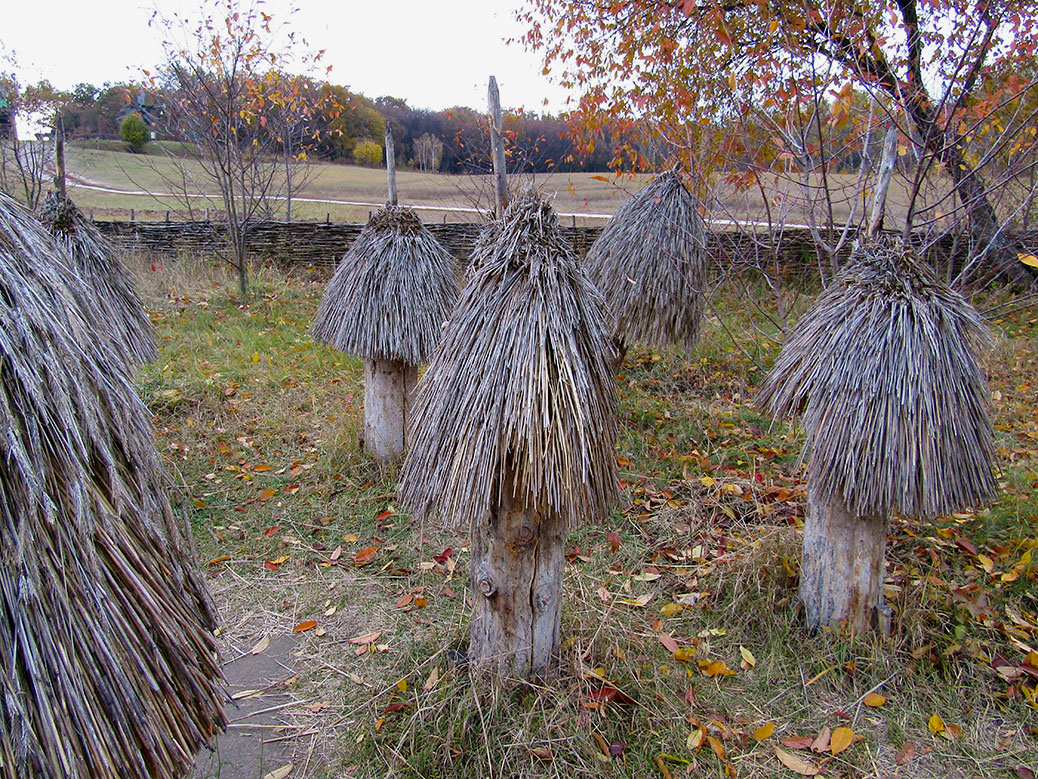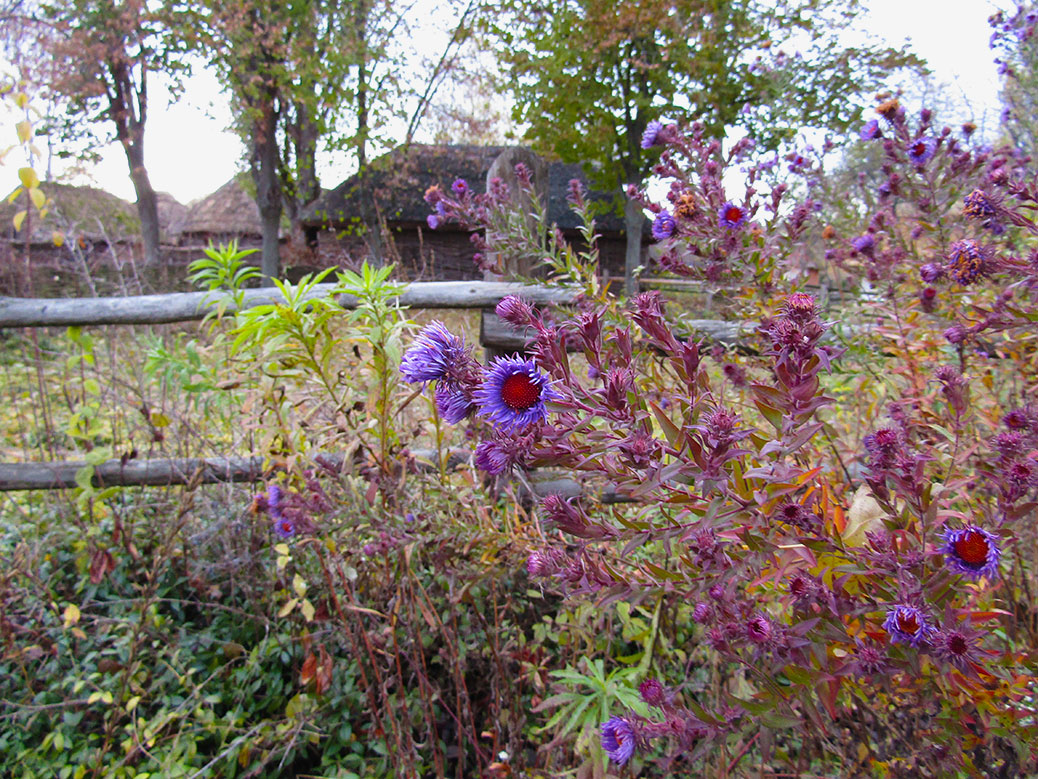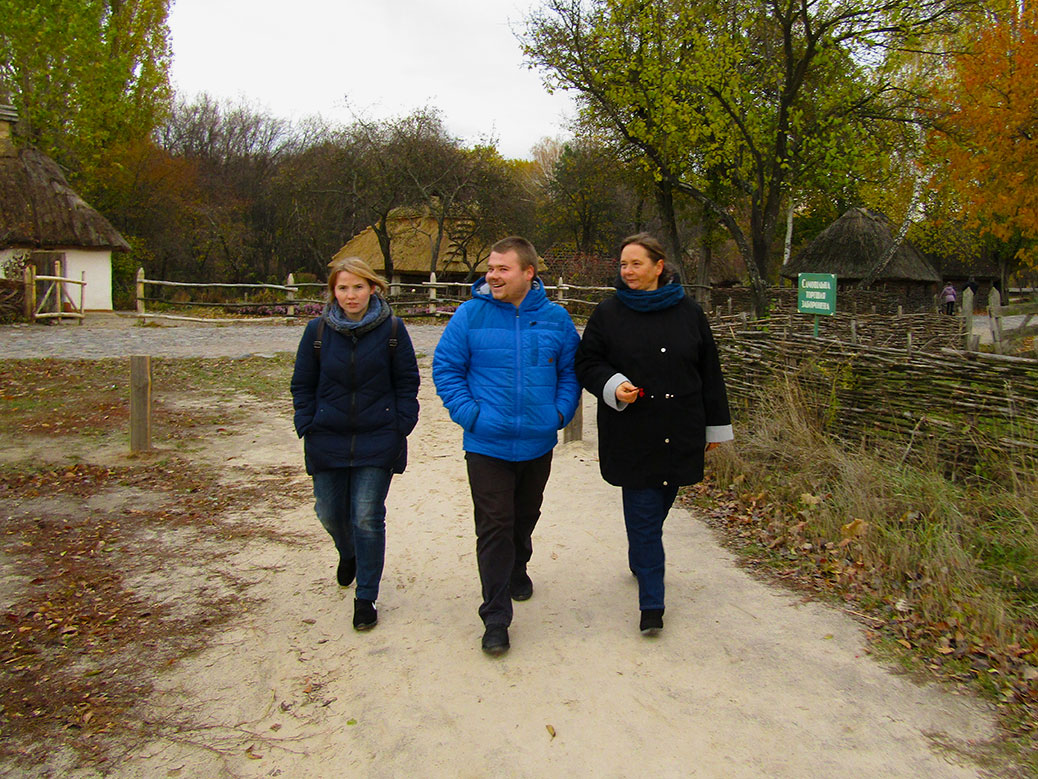One of the things I’m most proud of in my culture is the sharing of food. My mom instilled in me the love of cooking and eating and not being afraid to try new flavors. Robert likes to tell the story of the first time he came to my parents’ house for dinner and my mom continued to fill his plate with food every time it was empty. Food is how we show love.
One of the central activities of my visit in Kiev was shopping for, cooking and eating meals as a family. The kitchen in my aunt’s house was the central area where everybody stayed up late talking and joking and of course, gathered for meals, snacks, drinks and nibbles.
My first night, and almost every night following, we had cake. The Roshen brand of cakes in Kiev are so good. My mom bought one once in the states, which was imported from Ukraine, and it just wasn’t the same.

The next day, we went to a membership bulk store called Metro. My mom and I wanted to buy everything! The aisles of tea, chocolate, bread and cookies were amazing!



When we came home, my aunt started preparing the dough to make vareniki, also called pierogis. These are filled dumplings of Eastern European descent. My mom usually made them with mashed potatoes inside. My aunt prepared them with sour cherries. I think I ate a dozen, or at least I wanted to!

The next day, we went to a Roshen factory store. Roshen is a confectioner that is owned by the current president of Ukraine; how interesting is that? It was also previously called the Karl Marx Kiev Confectionery Factory. At any rate, it was like we were all Charlie visiting the Chocolate Factory.





For breakfast, my aunt made pancakes called oladi. They are made with kefir in the batter and they get really puffy and doughy as they cook. We usually top them with sour cream and sugar.
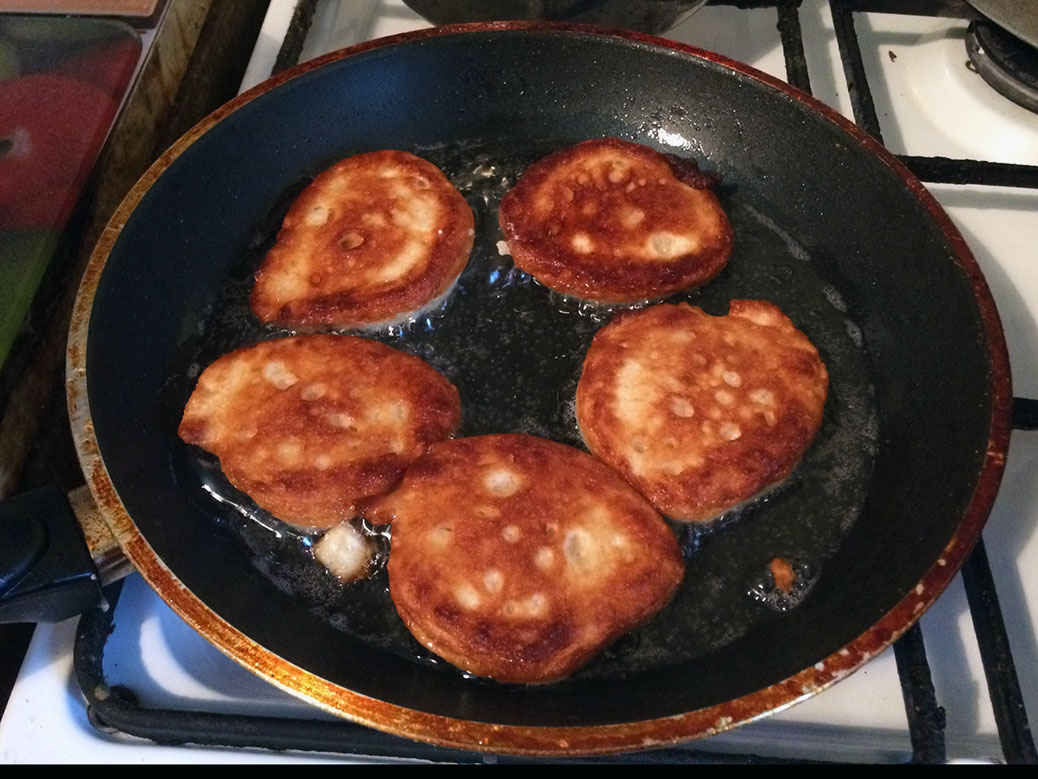
For dinner, my cousin went down in the cellar to take out a jar of tomato juice and pickles. My aunt and uncle have a farm where they grow a lot of produce and can it for the winter months. We had a simple dinner of potatoes, pickles and bread.
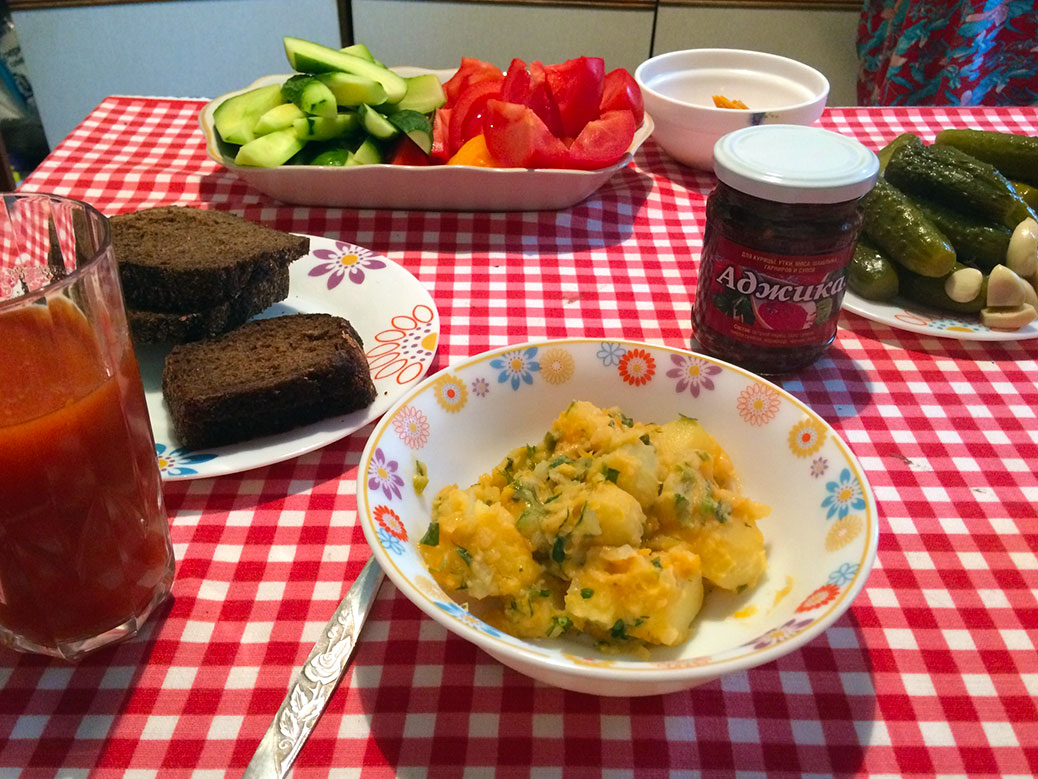
The following day, we made the hour-long bus ride to the country where my aunt and uncle have a house. It is next door to the house where I grew up. My uncle was there keeping an eye on the property and he met us. Although it had decided to snow lightly, my uncle wanted to have an outdoor barbecue. The small village was so quiet and peaceful, especially with the fragrant smoke of the outdoor fire and light dusting of snow. And the air was so crisp and clean.
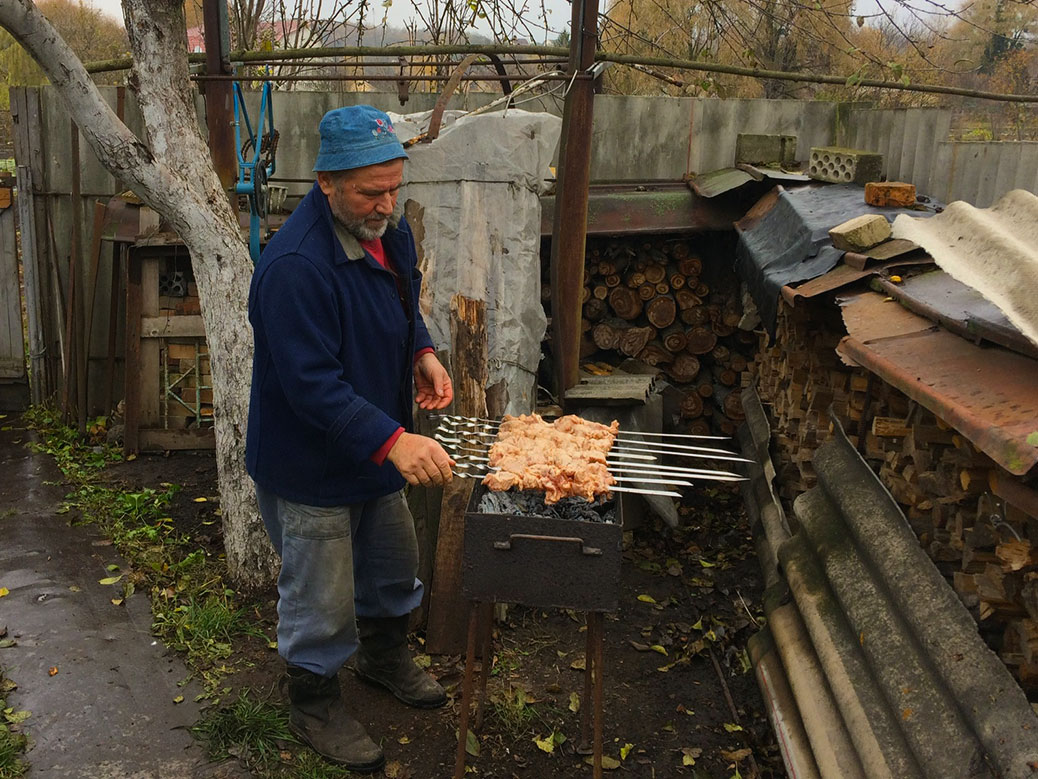
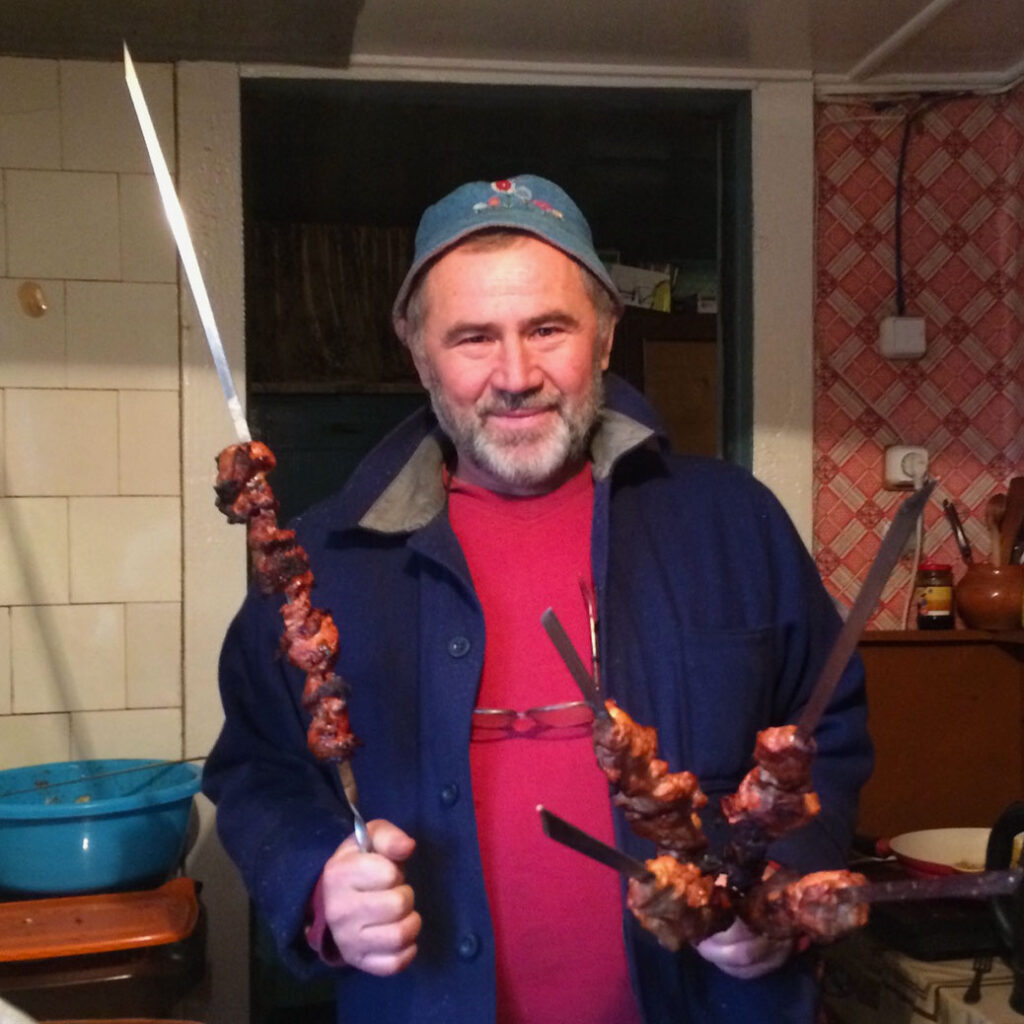
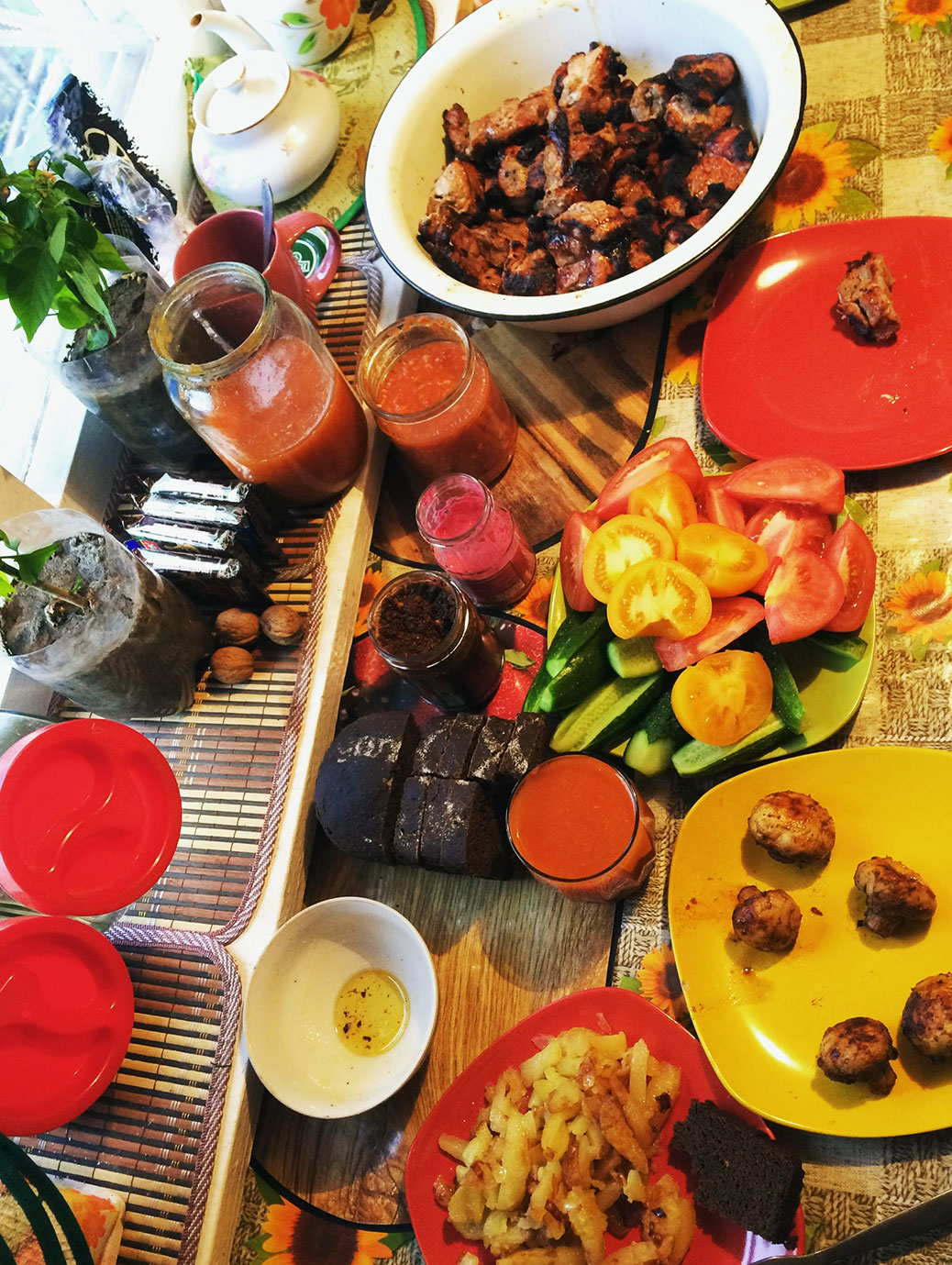
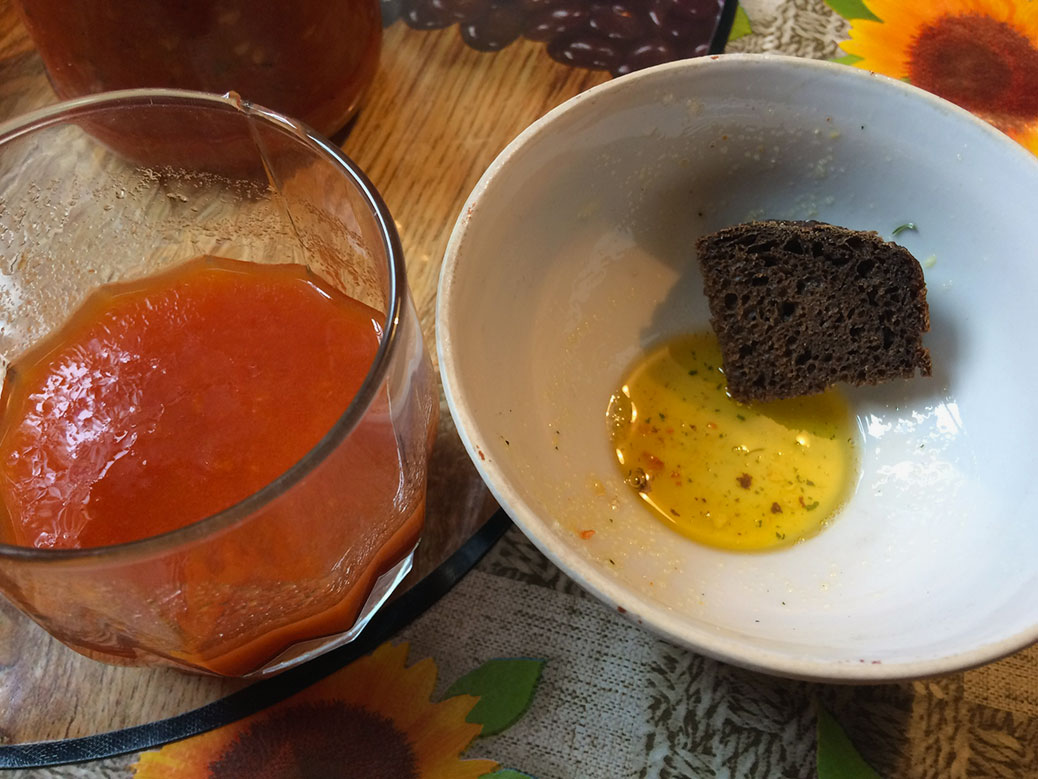
Dinner the next night consisted of borscht, the famous Eastern European soup made with beets and cabbage. In addition to the soup, we had vodka, black bread, roe and “salo” pork fat.
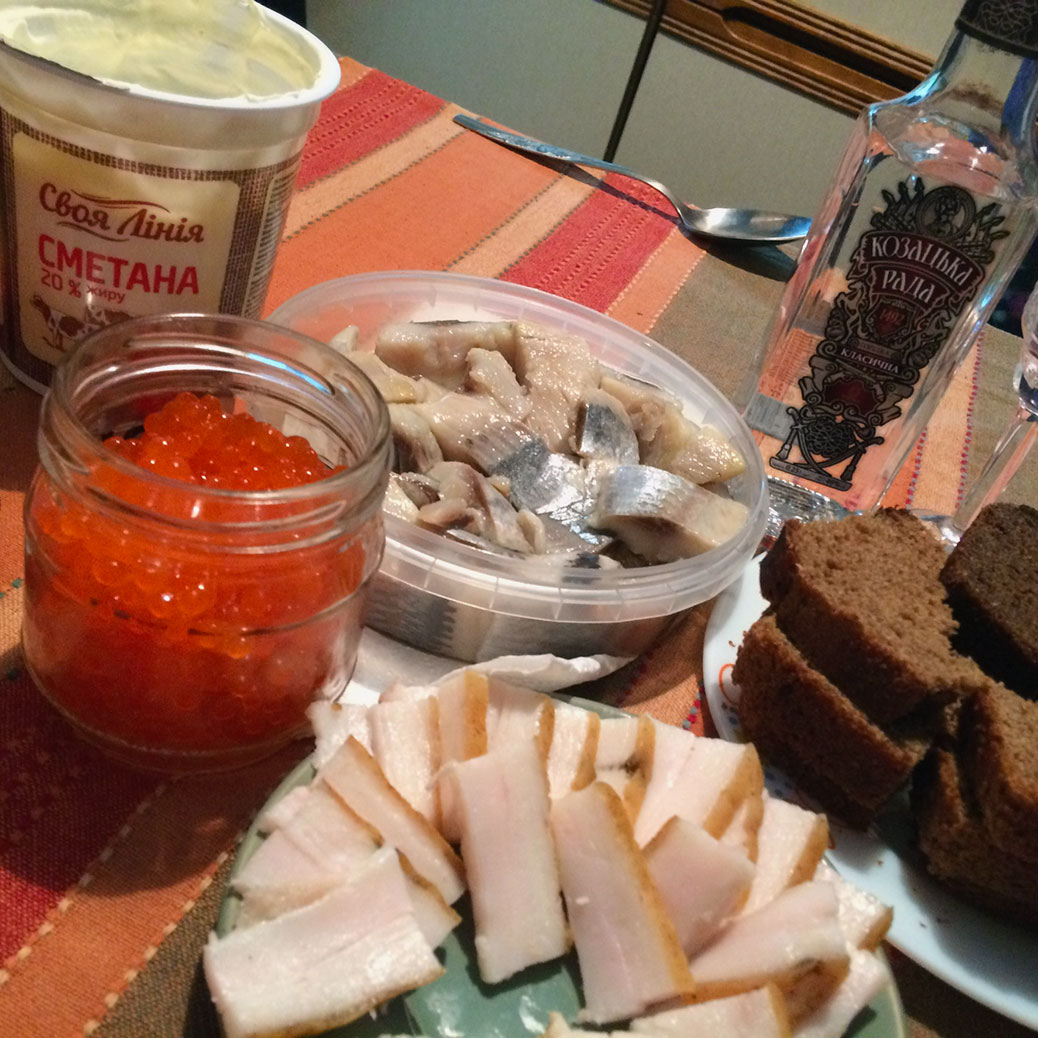
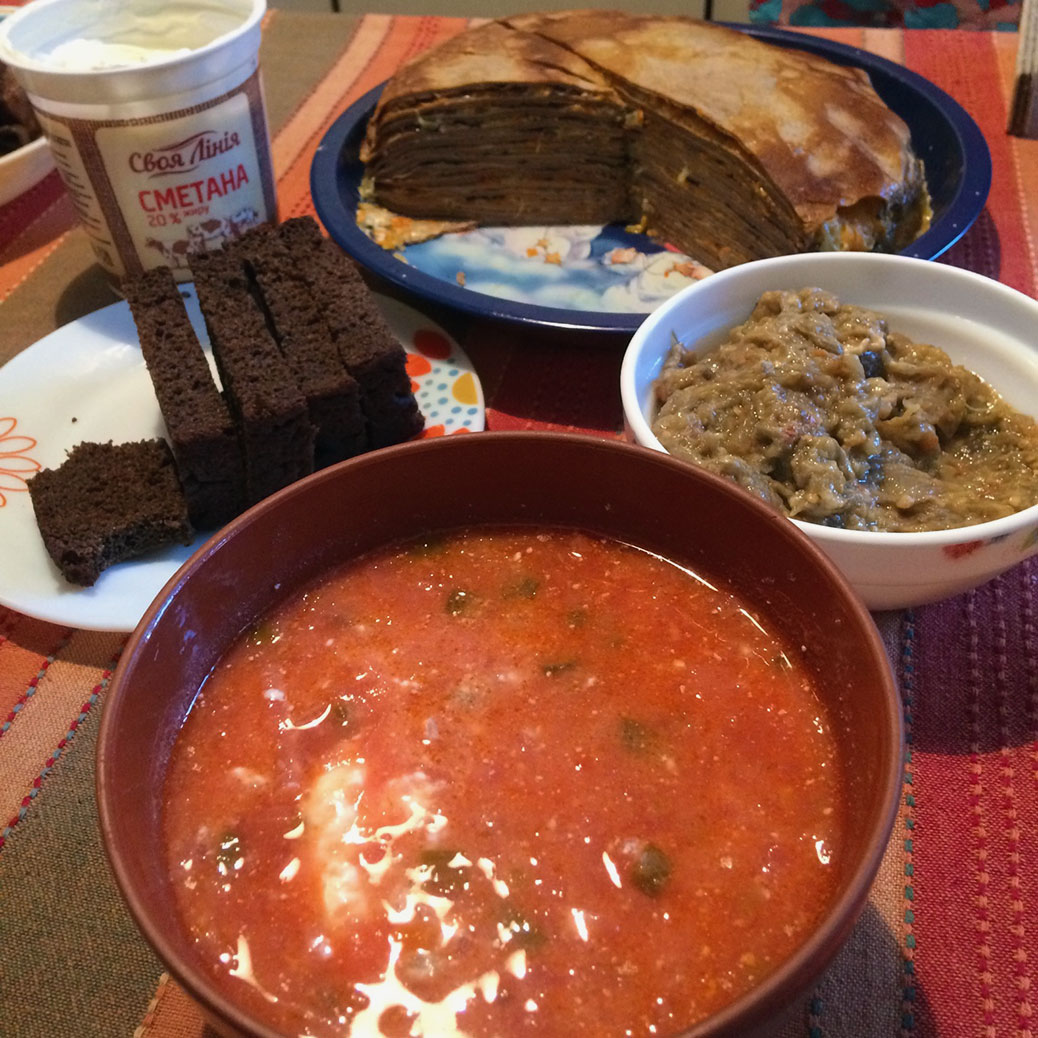
One of my cousins wakes up so early for work—like 4 a.m.—and returns home around 10 a.m. On her way home, she would pick up some cookies or pastries for us to try. My mom and I had been requesting these walnut shaped cookies called “oreshki.” The next day, she brought these rolled waffle straws and various pastries.
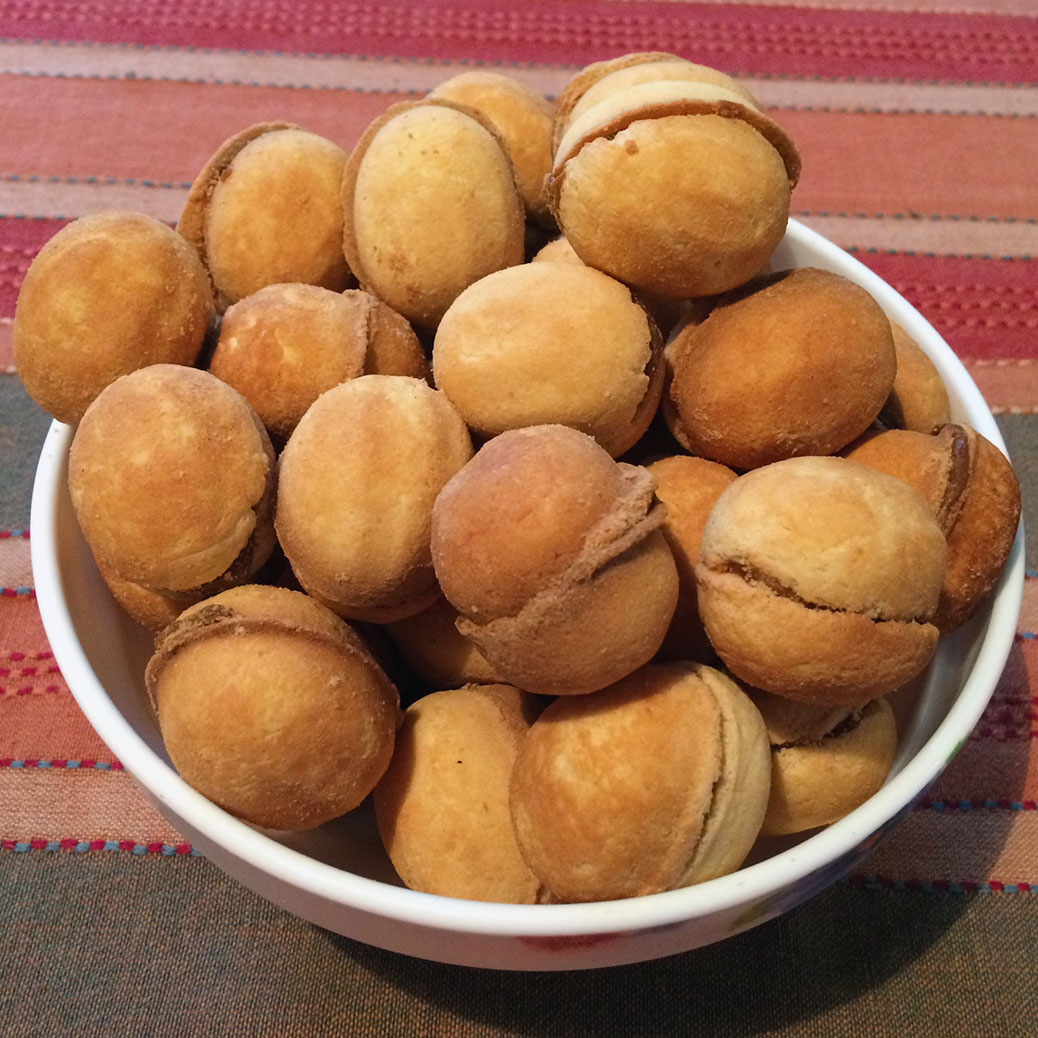

Our last meal, we (by “we” I mean my aunt; she didn’t let my mom or I help the entire time) made a giant salad and fried potato pancakes called “deruny.” They were so good. When I try to make the oladi or deruny pancakes at home, they never come out very good. I think it’s because I’m scared to use too much oil.
A giant SPACEBA (thank you) to my aunt, uncle and cousins for all the cooking, shopping, chopping and preparing they did during our visit.
